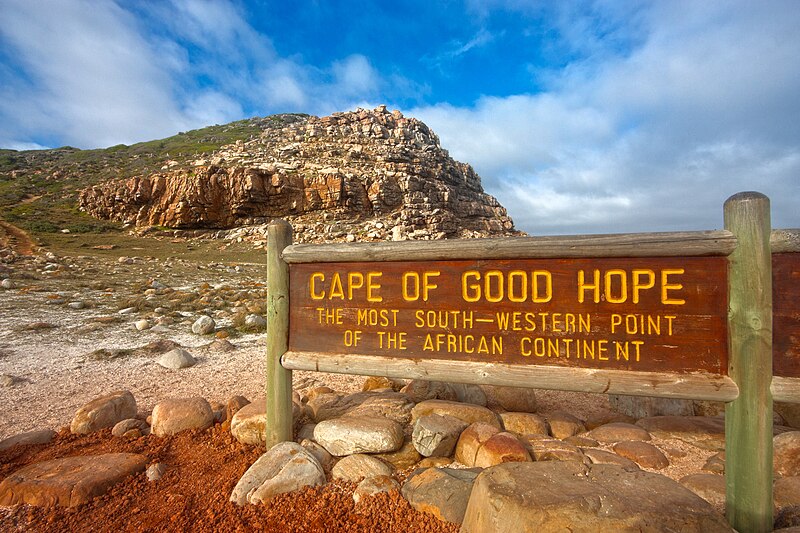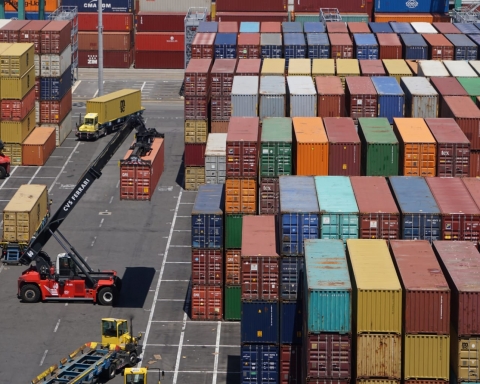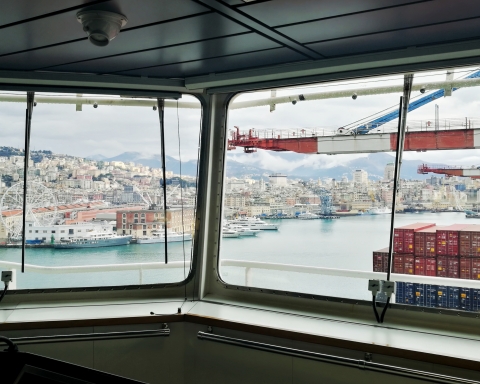Diverting sailings to the longer Cape of Good Hope route due to the Red Sea blockade, means shipping companies who want to transport goods from Asia to Europe, and vice versa, may be forced to pay an extra $1 million per voyage to be compliant with the new provisions of the Emission Trading Scheme (ETS) Directive. Adopted by the European Union to reduce greenhouse gas emissions, the ETS has recently been extended to the shipping sector.
Lloyd’s Intelligence confirmed it in an article published by Lloyd’s List.
Under the ETS, from 1st January 2024 shipping companies have to purchase and transfer permits (EUAs) for every tonne of CO2eq emissions released into the atmosphere over a calendar year. Moreover, from 2027, they will, in fact, have to pay, regardless of the ship’s nationality or flag, for 100 % of the GHG emissions produced on intra-EU routes and 50% of GHG emissions on international routes to or from a European port of call.
Lloyd’s Intelligence points out that, to date, over 300 containerships have been re-routed from the Red Sea to round the Cape of Good Hope. A decision taken by many large shipping companies to avoid Yemeni Houthi attacks on commercial vessels.
Diversions could double the distance that some boxships have to cover to reach Asia from Europe and vice versa, resulting in greater fuel consumption and CO2 emissions. On any Asia-EU route, Co2 emissions could increase by 1000 tonnes.
Lloyd’s Intelligence estimates that a 14,000 TEU containership rerouting through Africa could be forced to pay an additional $1 million in ETS payments for the extended voyage if it increasesd its speed from 15-16 knots to 20 knots.
Translation by Giles Foster




